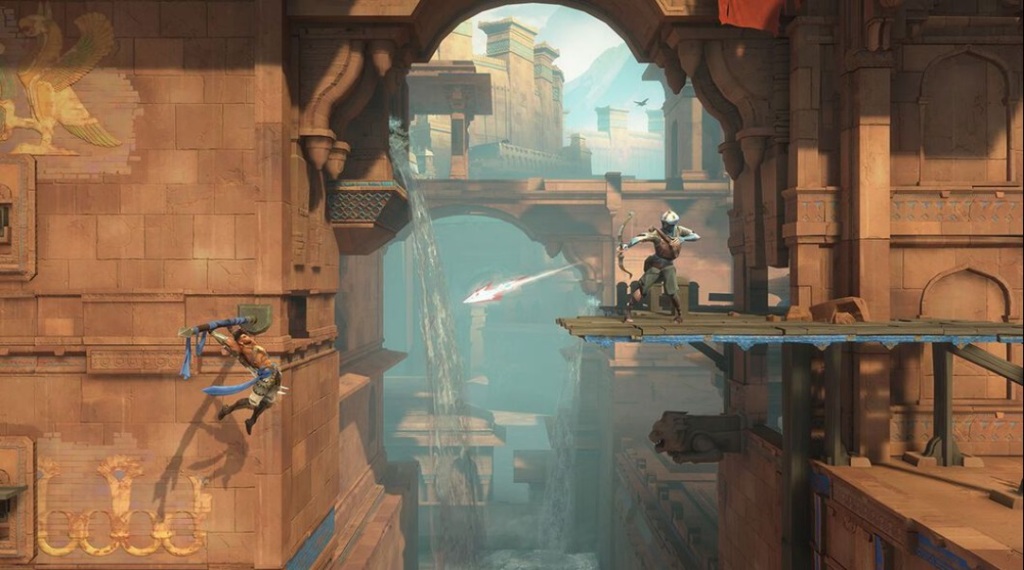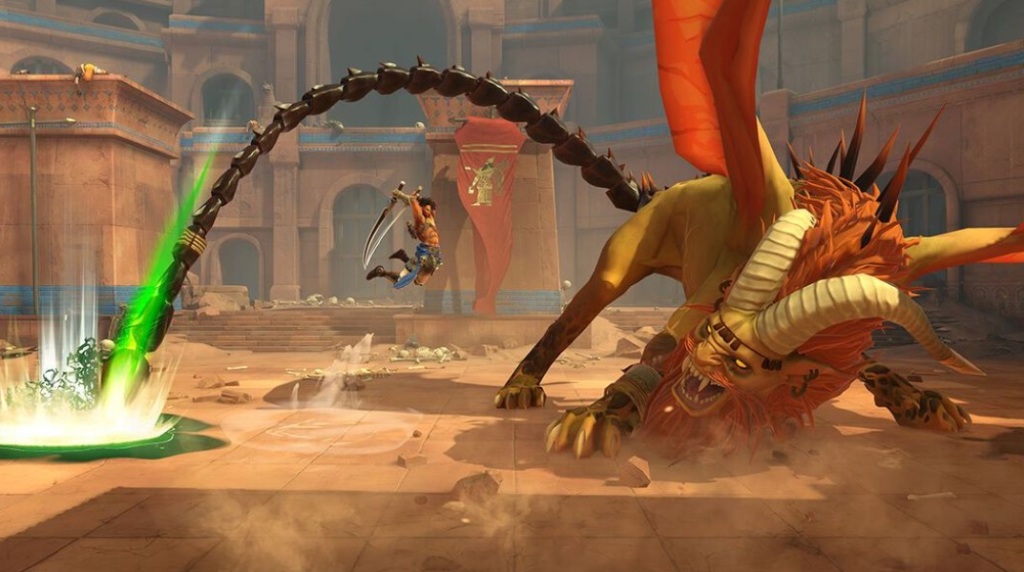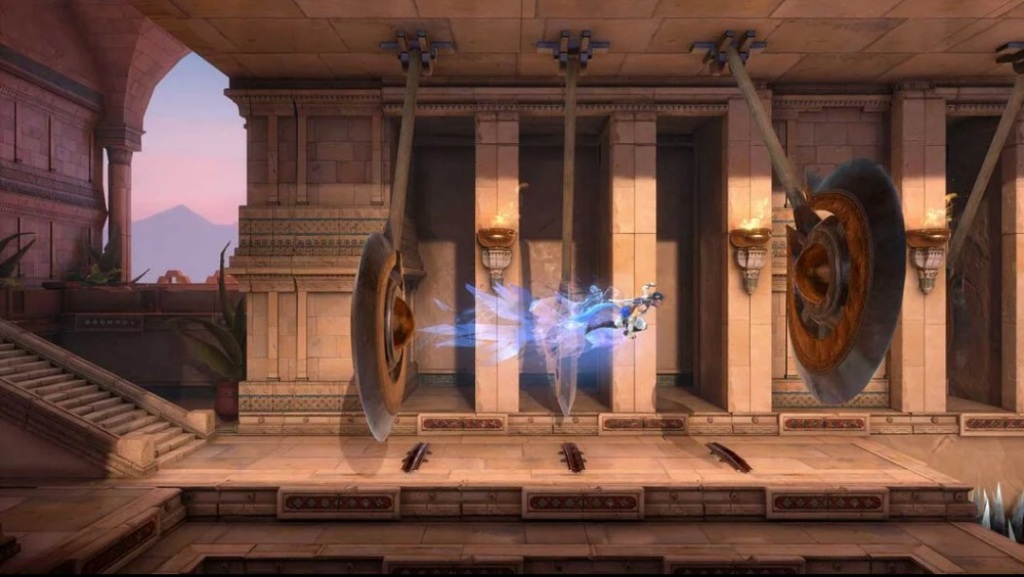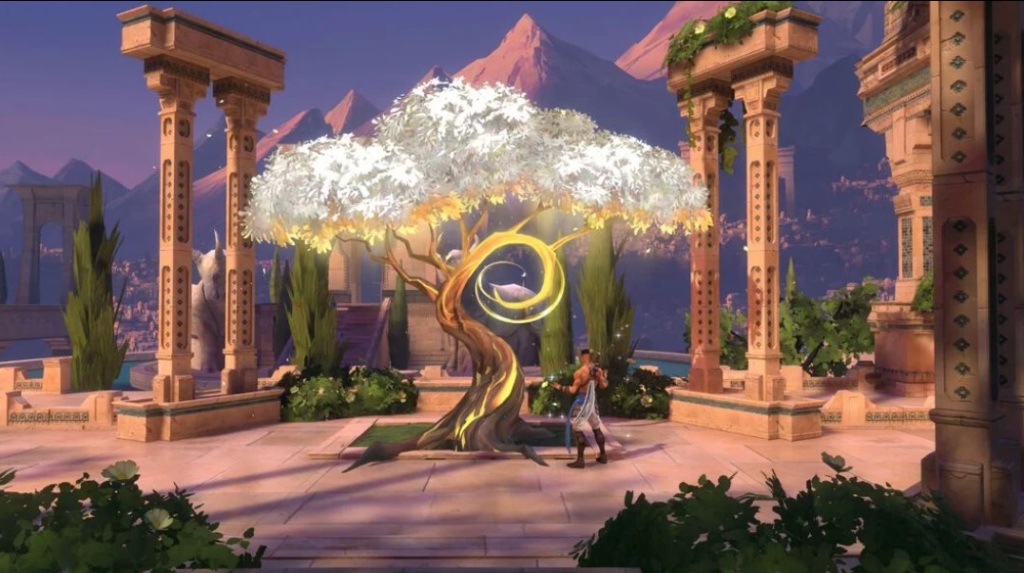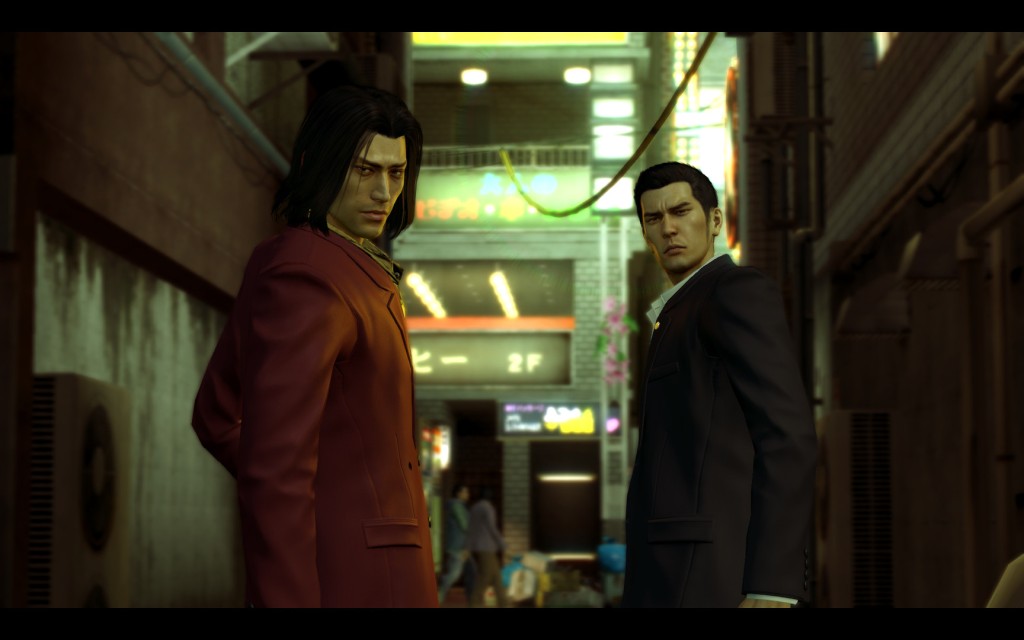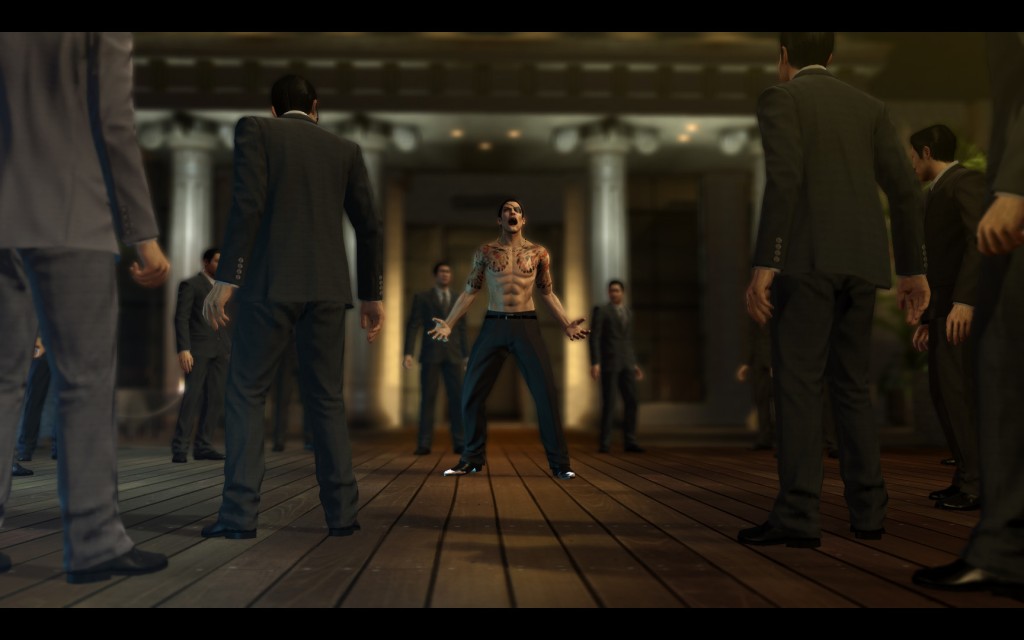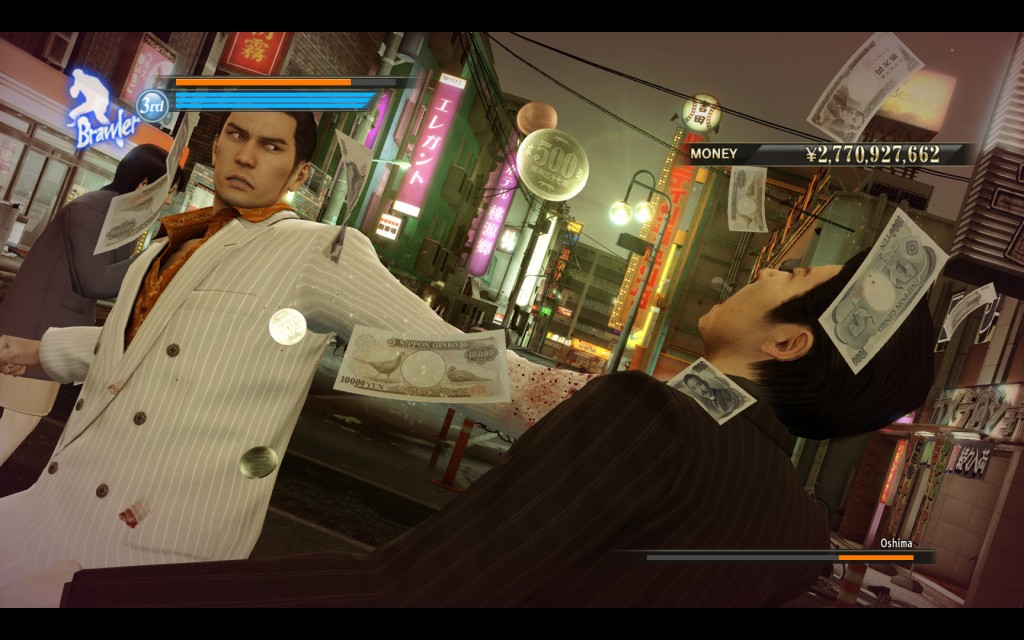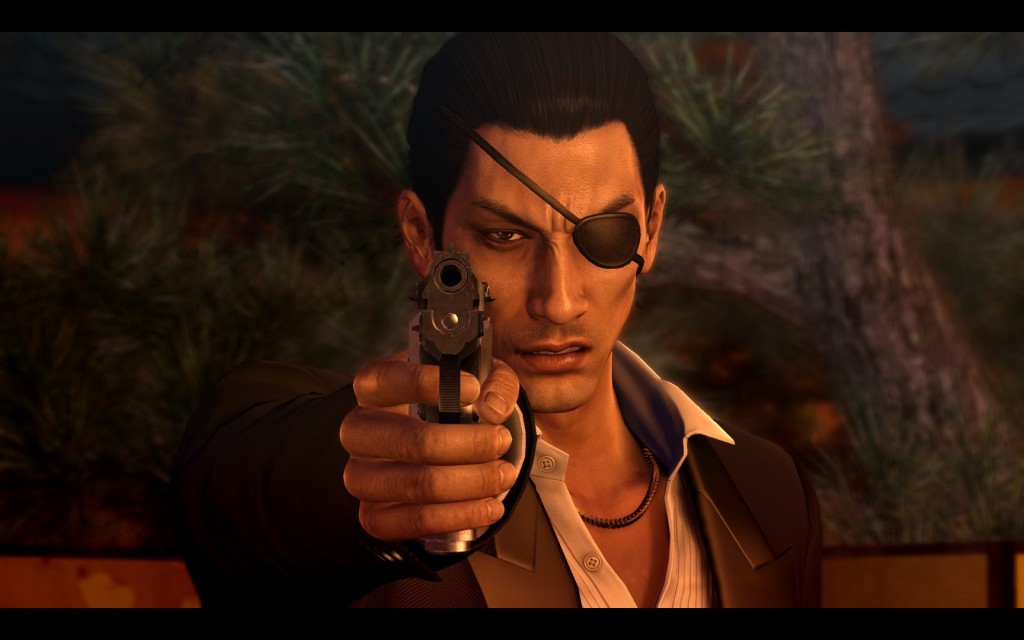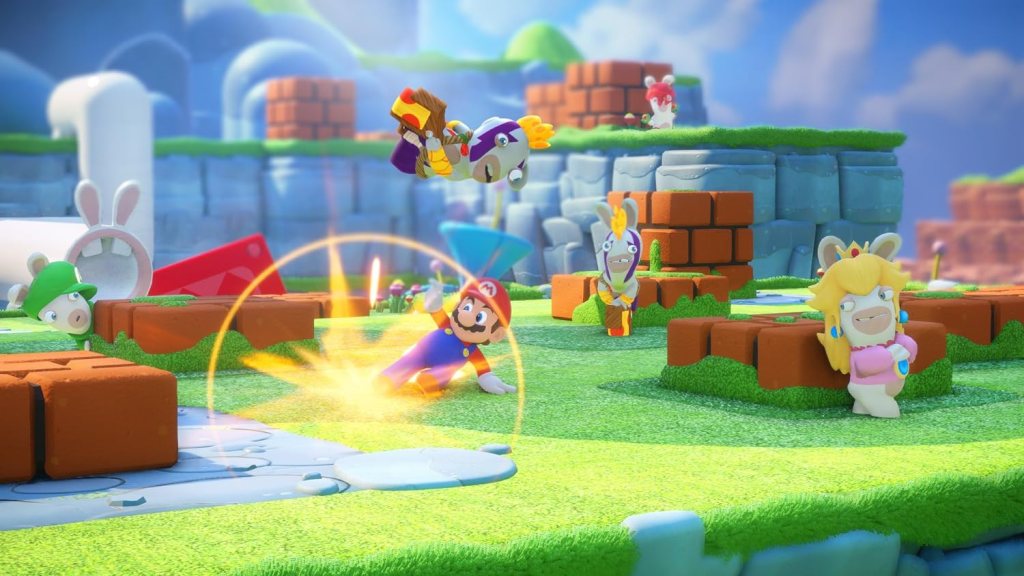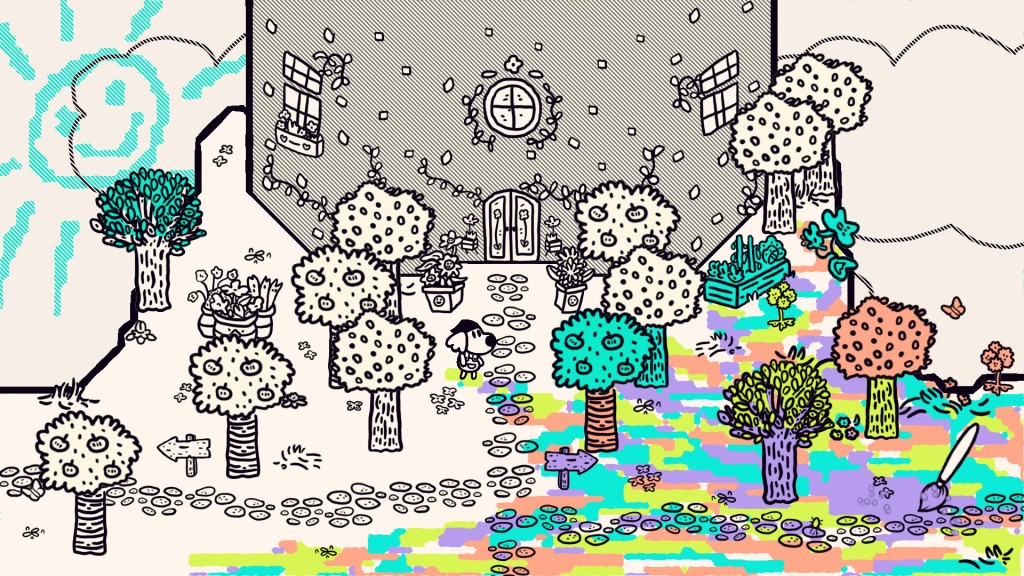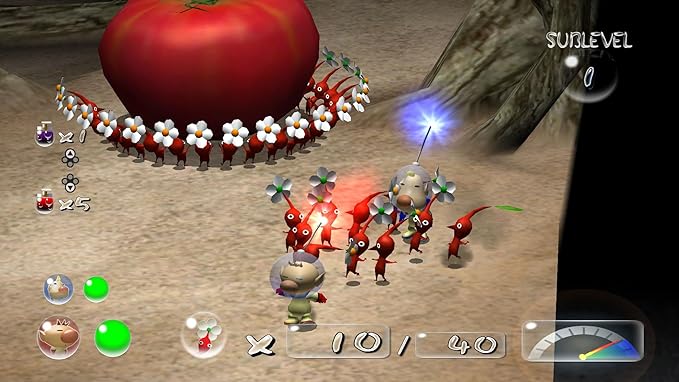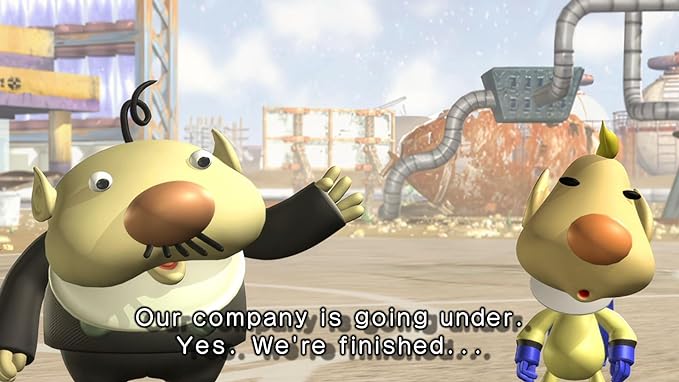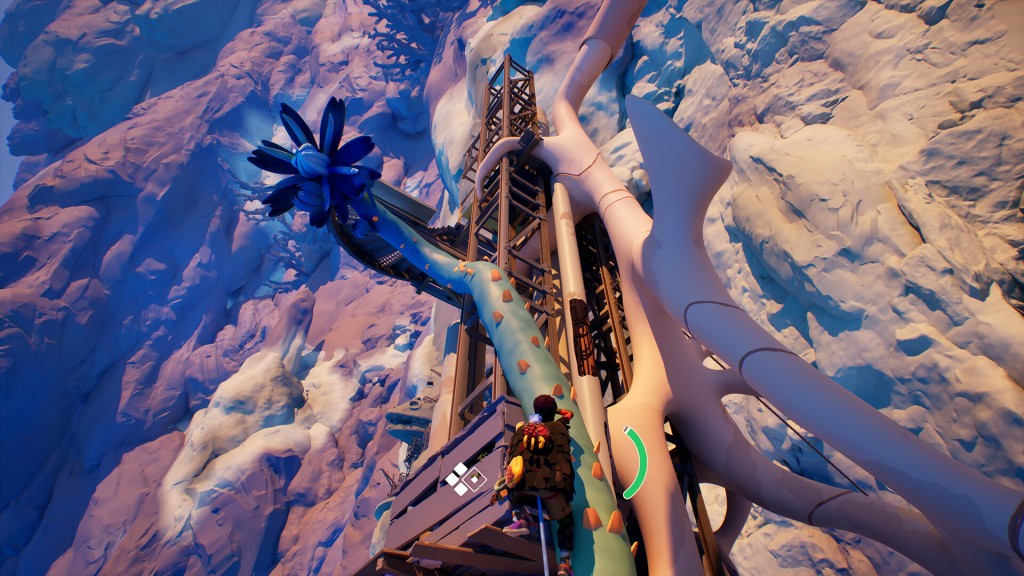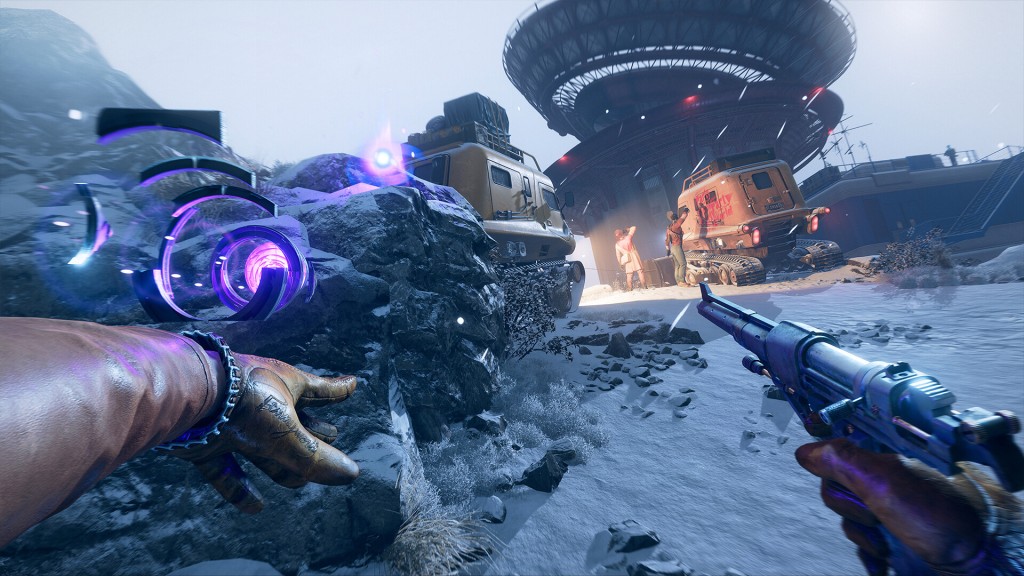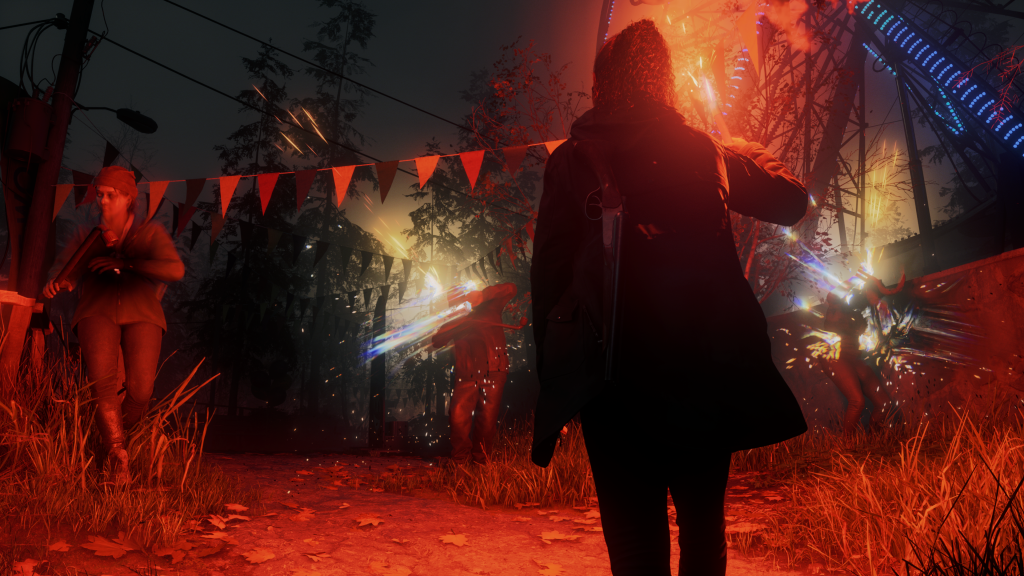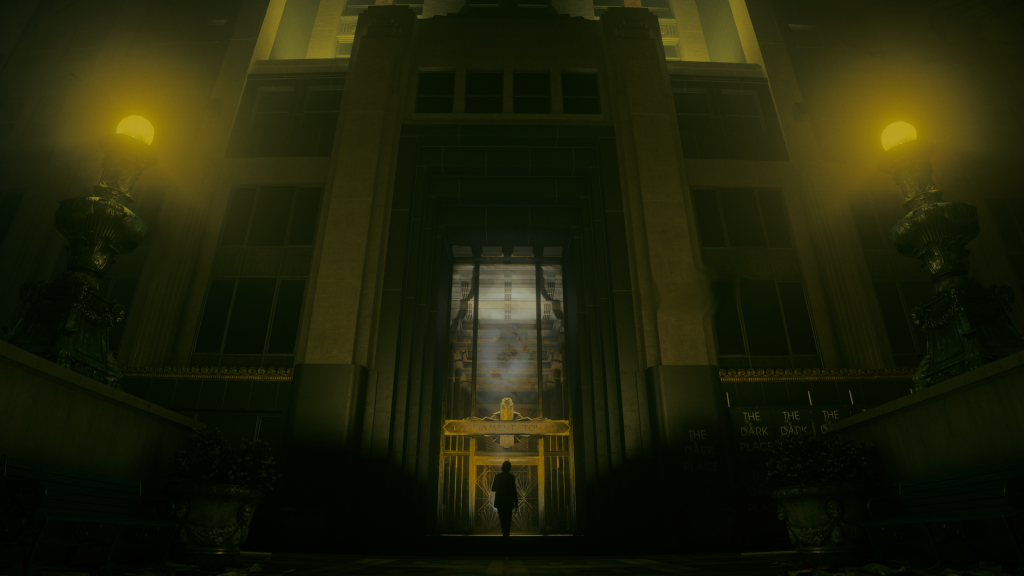Penny’s Big Breakaway is a game that gets better and better as you play it. As a lover of 3D platformers, I was excited for Evening Star’s debut game. These guys gave us Sonic Mania, the best Sonic game in decades. Once I started playing it though, I thought Penny’s Big Breakaway was just alright. I had trouble with the innovative control scheme and never quite found a satisfying flow to the platforming. But as I progressed through the game, I slowly got more and more familiar with the movement. And that’s where the game shines. Once it clicks, Penny’s Big Breakaway is immensely fun as you dash, swing, and zip through levels. Maintaining momentum and combos is not easy, but the satisfaction of going fast makes it a reward worth earning.

Penny’s Big Breakaway takes place in a brightly colorful world of performers and penguins. Penny is a performer who has to go on lam because her sentient yo-yo ripped off the king’s pants during a performance. The story itself isn’t all that exciting or worth talking about, but that’s ok because it definitely isn’t front and center. What makes Penny’s Big Breakaway interesting is the platforming.
Penny herself is a rather slow and clunky character, but that’s made up for the array of abilities that her yoyo provides. In the air you can sling the yo-yo in any direction using the control stick, and from there you can either dash to the yo-yo or swing from it. These both have their own uses to build speed, height, and distance. Moreover, you also have a small double jump. On the ground you can roll on the yo-yo or spin it around you. The roll is key to maintaining momentum while the spin attack is mostly used for maintaining combos.

With all these possibilities it can be tricky to get a grasp on how to string these moves together. Especially because Penny’s Big Breakaway has a unique control scheme that can take some getting used to. Like I mentioned, Penny is slow and rather boring to just walk around and jump like a normal platformer. The key to having fun is utilizing slopes and stringing her moves together to create a fast-flowing performance. For instance, dashing into a roll on a hill is an easy way to build up a ton of momentum. You can then swing out of the roll to fling yourself across big gaps. An additional consideration is that timing these movements is critical. If you attempt to roll from too high up you won’t keep most of your momentum. And of course, you will fling off tangent to your swing arc whenever you release a swing.
There’s lots of nuances in the movement in Penny’s Big Breakaway. Aside from all the basic moves that I listed above you have to contend with enemies, poles to swing on, power ups, bouncy pads, dramatic slopes, and other complications. Learning how to go fast is what makes Penny’s Big Breakaway fun. And it’s also why I think the game has a steep learning curve. I didn’t really start having a lot of fun until about halfway through because I wasn’t good at chaining together my movements and timing things so I could reach top speeds.

Aside from going fast, another omnipresent objective is to maintain a combo. By masterfully manipulating your entire moveset you will rack up a combo that steadily increases your point total. At first, I thought this is what the focus of Penny’s Big Breakaway was as it is in your face. And don’t get me wrong, maintaining a combo can be fun, as long as you are doing it with speed. If you are new at the game, floundering around to make sure you never drop the combo can be more discouraging than it is fun. And there’s plenty of places where you can just combo back and forth for minutes at a time to rack up a big score. Honestly, I suggest just ignoring the combo system altogether until you start mastering the movement.
I wish Penny’s Big Breakaway would have emphasized the need for speed a little more. It’s the most entertaining aspect of the game, but the game does very little to encourage going fast. Your score at the end of the level is independent of the time it took to complete it. If you want a high score, you could just combo back and forth as I previously mentioned. Getting a point multiplier based on your speed of completing the level might have encouraged speed. There is a time trial mode, but there are no developer-set baselines. I think this was a big misstep. After completing the game, I was looking to replay some of the levels to get a fast time, but without a benchmark to measure myself against I had no idea if I was doing well or not. Playing against your own times can be fun once you master the game, but I would have liked a point of reference to try to beat.

One of the biggest appeals of Penny’s Big Breakaway is its speedrun-friendly level design. Levels are cleverly laid out with some diverging paths that encourage experimentation. Moreover, there aren’t invisible walls or other tricks to keep the player from finding huge shortcuts. If you do master the movement, you can skip huge chunks of the levels if you find the right gaps and walls to scale. Even if you aren’t a speedrunner, the levels are well-designed that flow nicely and still encourage smaller shortcuts. Sadly, the boss fights are fairly underwhelming compared to the standard levels. My other major gripe with the levels is the optional objectives.
I usually enjoy finding hidden secrets or doing challenges in platformers. But Penny’s Big Breakaway is all about going fast. Having to slow down and look around for potential secrets is annoying. Each level has 3 hidden items and 3 short quests. The quests also are frustrating because they start as soon as you walk in the vicinity of the NPC, and are often timed challenges. Meaning you quickly have to read what your goal is and look around to find where you are supposed to go all while the clock is ticking. If you fail, you have to reset from the checkpoint. I realize the side objectives aren’t necessary to beat the game, but are required if you want to unlock the bonus levels. And the bonus levels are some of my favorites in the game.

Unfortunately, we can’t talk about Penny’s Big Breakaway without mentioning its performance issues. I had many instances of clipping into terrain and walls. During a boss fight I just fell through the floor and died. Certain sloped surfaces also have Penny sliding on them very strangely. These collision bugs aren’t the end of the world, but they are common enough that they can’t be ignored. Luckily, the developers seem to be aware of these bugs and are actively working on patching the collision issues.
As for presentation, I found Penny’s Big Breakaway to be almost too colorful. I understand that the game is trying to harken back to the days of Sega consoles and the dominance of Sonic. But I found the art style of Penny’s Big Breakaway to be garish. Fortunately, the soundtrack is stellar. It’s a nice mix of jazz, funk, and electronic beats that do fondly call back to retro games.
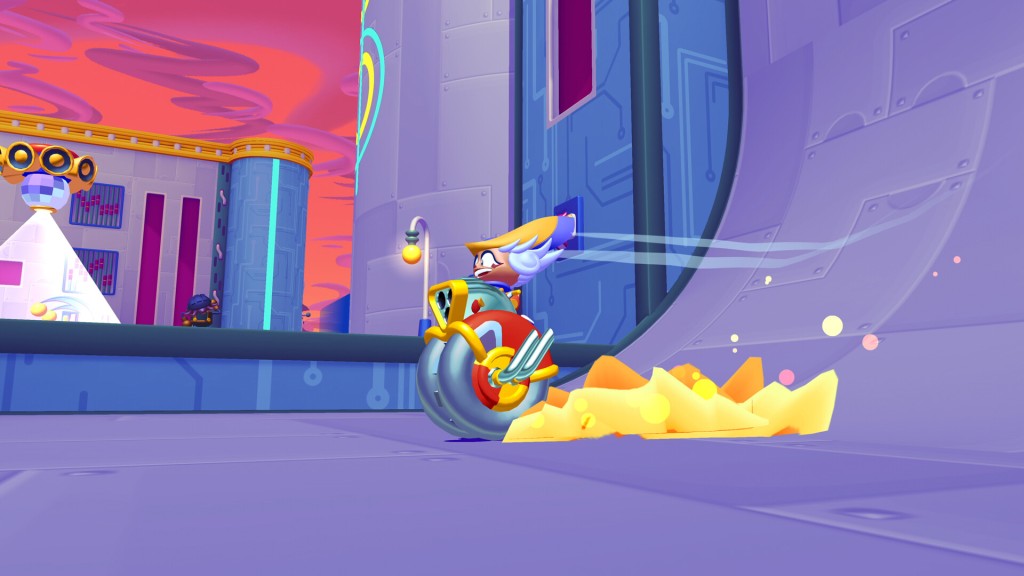
Penny’s Big Breakaway is the epitome of “high skill floor, high skill ceiling”. It’s a game that, if you put the time into mastering it, is an immensely fun fast-paced platformer. Conversely, it can be tricky to find the fun in Penny’s Big Breakaway if you aren’t proficient at building speed. The movement can be slow, clunky, and unintuitive until you learn the timings and sequences needed to gain momentum. It is for these reasons that I give Penny’s Big Breakaway an 8/10. It’s a game that experienced platformers and speedrunners will love to master, but newer players may find it slow and frustrating.

